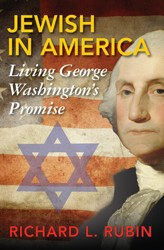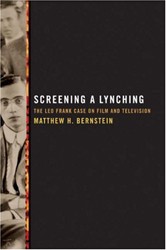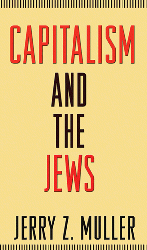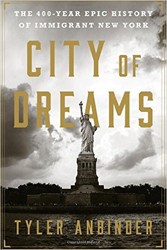In the frigid winter of 1875, federal agents tracked Charles L. Lawrence, an intimate of Boss Tweed and the most promiscuous smuggler in American history. Leading a network spanning four continents and lasting half a decade, “Charley” snuck silk worth $60 million into the United States.
Since the Revolution itself, smuggling had tested the patriotism of the American people. Distrusting foreign goods, Congress instituted high tariffs, making the customhouse the nation’s protector. It waged a “war on smuggling,” inspecting every traveler for illicitly imported silk, opium, tobacco, sugar, diamonds, and art. The Civil War’s blockade of the Confederacy heightened the obsession with contraband, but smuggling entered its prime during the Gilded Age, when characters like assassin Louis Bieral, economist “The Parsee Merchant,” Congressman Ben Butler, and actress Rose Eytinge clashed on the nation’s borders. Only as the United States became a global power did smuggling lose its scurvy romance.





